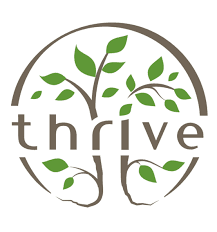What Your Brain Needs To Thrive
- Nutrition: We are what we eat, and having a good nutritious diet, full of green vegetables, nuts and seeds goes a long way. Avoid processed foods at any cost.
- Oxygen: or fresh air is a primary need of the brain. Any daily exercise routine is best for brain health.
- Information: The brain needs information to process, preferably high quality and diverse. Active learning, along with continuous mental challenges that get the cylinders firing is the way to nourish the brain and form connections. True learning reframes our entire mental model and helps the brain evolve.
- Love: What keeps us happy and healthy is good, loving relationships, and the care and touch of loved ones.
3.63K
8.9K reads
The idea is part of this collection:
Learn more about personaldevelopment with this collection
How to set achievable goals
How to manage time for personal and professional life
How to avoid distractions
Related collections
Similar ideas to What Your Brain Needs To Thrive
The things your brain needs in order to thrive
Nutrition: Quality of food you put into your body matters.
Oxygen: The amount of oxygen your brain gets determines how well it functions.
Information: If the brain isn’t firing, it’s not wiring, and this...
A healthy breakfast to keep your concentration levels high
Getting the right nutrients in your body first thing in the morning is hugely beneficial when it comes to maintaining focus throughout the day.
Eating a wide variety of wholegrains, fruits, vegetables, nuts, seeds and legumes throughout the day ensures that blood sugar ...
Your whole brain reacts to events
The idea that your brain reacts to events in the world is a myth. The idea supposes that you go through your day with parts of your brain in the off position, but when something happens around you, those parts become active and light up with activity.
But the brain doesn't...
Read & Learn
20x Faster
without
deepstash
with
deepstash
with
deepstash
Personalized microlearning
—
100+ Learning Journeys
—
Access to 200,000+ ideas
—
Access to the mobile app
—
Unlimited idea saving
—
—
Unlimited history
—
—
Unlimited listening to ideas
—
—
Downloading & offline access
—
—
Supercharge your mind with one idea per day
Enter your email and spend 1 minute every day to learn something new.
I agree to receive email updates

